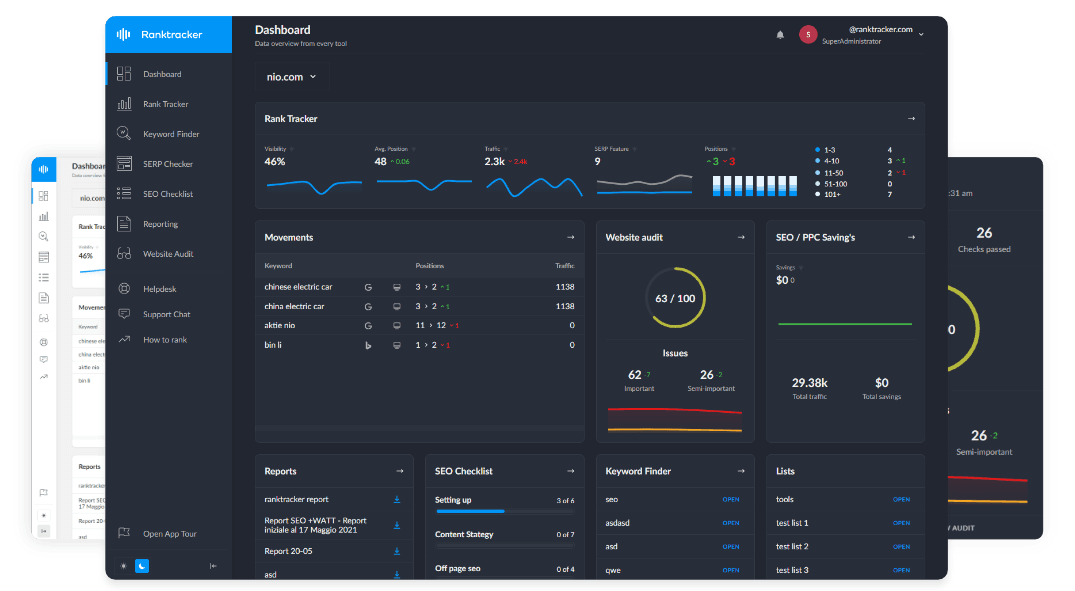Intro
SEO writing may look like a pro skill, yet students can learn early. Planning, drafting, and polishing an optimized piece turns essays into findable, useful guides. Class tasks can become portfolio items that impress teachers and future employers. Students can study samples from a paper writer to learn structure and tone without guesswork. This guide covers the path from outline to meta details using short steps.
Grasping the Core Ideas of SEO Writing
Start by learning what SEO writing involves from step one to the last. It shapes information so search engines can read it, and people enjoy it. The aim is to answer a need, use related keywords with care, and guide readers. Keep lines short so the page is easy to scan and easy to remember.
Good SEO writing respects on-page signals that serve bots and people together. Key parts include the title tag, headings, image alt text, and clean internal logic. None should feel forced, since each element sets clear expectations for the next part. With the base set, the task becomes a repeatable routine instead of guesswork.
Researching Intent and Choosing Useful Keywords
Strong articles begin with a precise idea of the reader’s need and purpose. That need, called search intent, shapes every planning choice that follows. Study top pages and note themes, depth, and tone that appear again and again. Use the People Also Ask box to gather common questions and expected subtopics.
Keyword tools add focus and support to planning and drafting across the process. Free options like Google Trends, AnswerThePublic, and library databases surface phrases. Pick one primary keyword that matches the main idea in a natural way. Add related terms that cover close angles and useful context for the reader.
An essay on healthy study snacks might include quick brain food or energy bites. Collect fifteen to twenty phrases to give search engines context without stuffing. Intent and keywords must agree so visitors get what they hoped to find. When both align, time on page rises, bounces fall, and grades can improve.
Building a Clear Content Outline Template
With intent and keywords set, map ideas in a simple outline template. An outline saves time, eases writer’s block, and protects core points from gaps. Use an opening, main headings, supporting points, and a closing section for structure. Short notes under each heading reveal the flow quickly and keep thoughts tidy.
Headings should match the reader’s path and include the main keyword with care. A campus recycling guide might use Why Recycling Matters, Where Bins Are, and Upcycling Ideas. Labels guide the writer and hint at relevance for search engines and classmates. Scanning readers and bots can grasp the structure at a glance during review.
Mark places for visuals, stats, or quotes while you sketch the outline. Planning these early prevents last-minute scrambles for sources or rights near deadlines. Students who outline with a steady template finish faster and feel less stress. The road map sits on the page and keeps the train on track.
Crafting an SEO Content Brief Template
An outline serves the writer, while a brief supports the whole team. An SEO content brief records the core keyword, intent, length, and audience. It also notes the call to action that guides the reader’s next step. Add title rules like under sixty characters and the key term near the front.
The All-in-One Platform for Effective SEO
Behind every successful business is a strong SEO campaign. But with countless optimization tools and techniques out there to choose from, it can be hard to know where to start. Well, fear no more, cause I've got just the thing to help. Presenting the Ranktracker all-in-one platform for effective SEO
We have finally opened registration to Ranktracker absolutely free!
Create a free accountOr Sign in using your credentials
The brief can list internal links, key questions, and tone guidelines for style. These points reduce confusion for partners, teachers, or later editors who join. If the brief states a friendly voice and a grade seven level, the team aligns. Everyone aims for one shared goal with fewer mixed signals and fewer disputes.
Save a blank copy in a cloud folder for reuse on later projects. One click opens a file that needs only fresh details for the task. Refine the template based on pages that ranked or earned praise in class. The brief becomes a personal playbook that improves with each cycle.
Drafting the Article: Title Tag Habits and More
Now turn the plan into clean sentences that move with a clear purpose. Start with a working headline that follows sound title tag habits and limits. Include the main keyword, promise a clear value, and stay within sixty characters. A sharp draft keeps focus tight even if the headline changes later.
Expand each outline point into short, direct paragraphs that connect with ease. Keep sentences near fifteen to twenty words to maintain a steady beat. Use simple transitions like first, next, and finally to guide readers along. These small markers help search engines and people understand structure and flow.
Watch for passive voice that hides the actor and weakens the tone. Remove filler words that add length without meaning or useful detail. These trims make content shorter and stronger for busy students on the go. Add subheadings with related terms to break up heavy blocks of text.
The mini titles provide quick answers for skimmers who want speed. They also support scanning on phones and tablets during busy school days. Clear subheadings can improve clicks from a table of contents module. Good structure helps readers and can help win featured snippets.
Checking Readability and Tone with Easy Tools
Once the draft is done, run a quick readability check online. Helpers like Hemingway Editor or Grammarly score the level and clarity. They flag long lines, tricky words, and sentences that confuse readers. A grade seven target keeps access broad and helps more students learn.
These tools also point out adverbs, passive verbs, and jargon that slow down the pace. Swap utilize for use and commence for start to keep language smooth. Tone checks help maintain a friendly voice across the entire piece. The result feels warm, direct, and ready for busy school settings.
The All-in-One Platform for Effective SEO
Behind every successful business is a strong SEO campaign. But with countless optimization tools and techniques out there to choose from, it can be hard to know where to start. Well, fear no more, cause I've got just the thing to help. Presenting the Ranktracker all-in-one platform for effective SEO
We have finally opened registration to Ranktracker absolutely free!
Create a free accountOr Sign in using your credentials
Beyond tools, ask a peer to review the draft near the end. A classmate can read aloud and spot bumps, gaps, or odd phrasing. Combine tool feedback with human notes to shape a polished draft. Fresh ears catch issues that you might miss after long hours.
Ensuring Original Work with a Student Plagiarism Check
Academic integrity remains vital in every class and project. Before submission, run a student plagiarism check that compares many sources. Turnitin or free school portals highlight matching lines and passages for fixes. Decide what needs paraphrasing and where a clear citation should appear.
Keep clean notes during research to avoid unplanned copying or missed credit. Track sources, page numbers, and exact quotes in a separate file. This habit makes citation faster and lowers stress during final edits. It also builds trust with readers and graders across future assignments.
Unique words and ideas earn better results and protect your reputation. Search engines reward original text that adds value for the audience. Teachers value honest work that shows careful study and clear thinking. Make originality a habit that supports every piece you publish.
Polishing Meta Descriptions and Final Details
The last stage is small, yet the gains can be large. A meta description acts like an ad line beneath the headline. Good examples explain the page, use one main keyword, and fit the limit. Draft a few options in the brief so editors can choose the strongest.
The All-in-One Platform for Effective SEO
Behind every successful business is a strong SEO campaign. But with countless optimization tools and techniques out there to choose from, it can be hard to know where to start. Well, fear no more, cause I've got just the thing to help. Presenting the Ranktracker all-in-one platform for effective SEO
We have finally opened registration to Ranktracker absolutely free!
Create a free accountOr Sign in using your credentials
Next, check image alt text, internal links, and simple formatting that aids scanning. Short paragraphs, clean lists, and bold phrases help readers find answers fast. A quick skim should reveal the main idea without reading every word. Tables should be tidy, and buttons or links should be easy to tap.
Preview the page on different mobile screens to confirm a smooth view. Many student searches happen on phones, not large classroom desktops. Headings should scale, and tap targets should be large enough for thumbs. After one last read, publish, share, and treat early results as feedback.
Fix small snags and record ideas for future posts in your notes. Track wins and misses in a sheet so patterns become clear later. Improve drafts based on data rather than hunches or random advice. Steady updates build skill, confidence, and real results over time.
Conclusion: A Repeatable Path for Next Projects
Mastering SEO writing relies on a steady process more than tricks. Study intent, build a clear outline, and draft with care each time. Add checks for reading ease and original work to keep quality high. These steps can turn any topic into a helpful search-friendly guide.
Follow this guide to meet class goals and grow practical skills. Each new task becomes a chance to test ideas and record what helps. Process habits carry forward to jobs, clubs, and side projects later. Results improve with practice, and confidence grows with each win.

